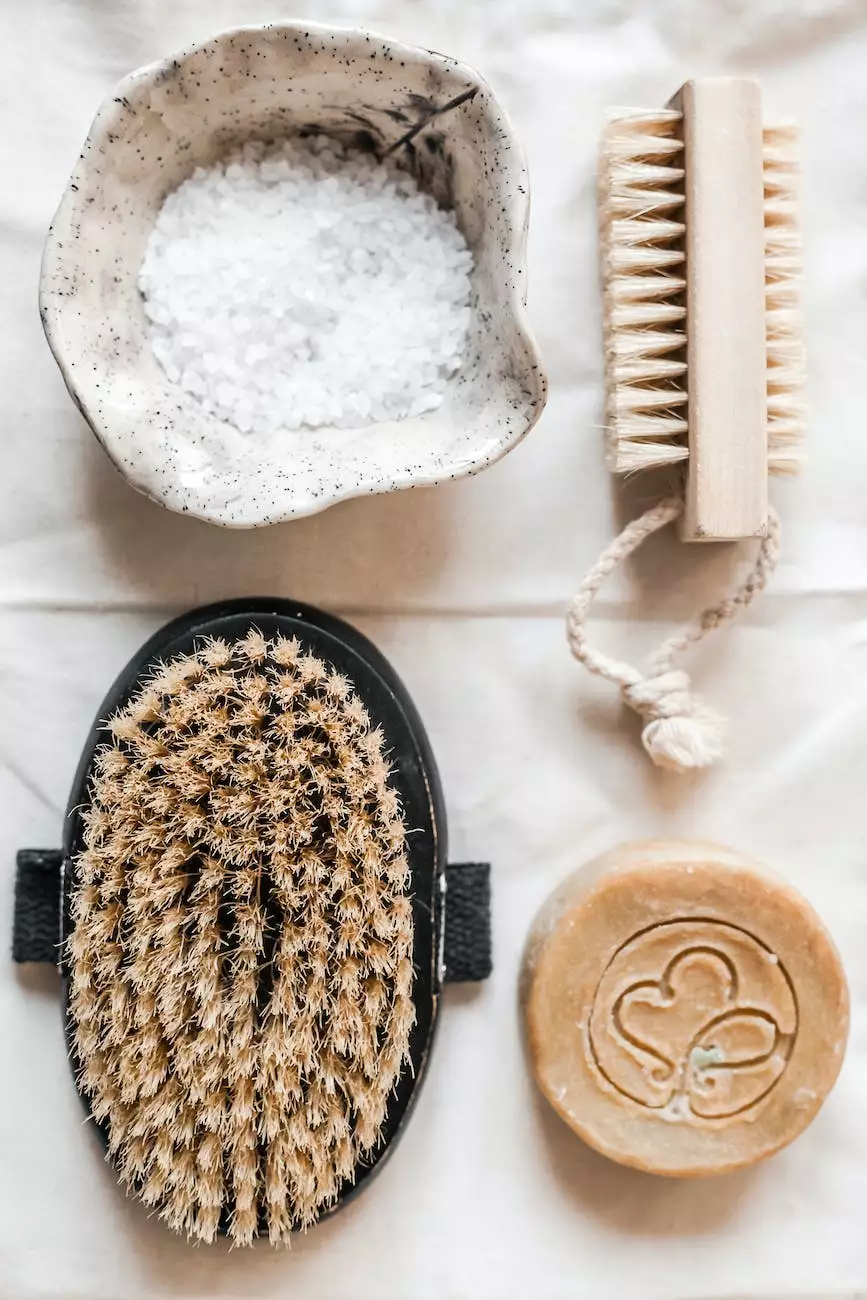8 Best Alternatives to Landscape Fabric

Are you tired of dealing with landscape fabric that doesn't quite meet your gardening requirements? Look no further! Always Lovely Lawn Care presents the ultimate guide to the 8 best alternatives to landscape fabric. We understand the importance of finding natural and effective solutions to create a truly remarkable garden. With our comprehensive list, you can confidently enhance the health and beauty of your outdoor oasis!
1. Organic Mulch
One of our top recommendations is organic mulch. This natural material not only helps control weeds but also enriches the soil, improves moisture retention, and enhances overall plant health. Organic mulch, such as wood chips, straw, or shredded bark, provides a protective layer that suppresses weed growth while encouraging healthy plant growth.
2. Newspaper or Cardboard
If you're looking for an affordable and eco-friendly alternative, consider using layers of newspaper or cardboard. These materials act as effective weed barriers and decompose over time, enriching the soil with organic matter. Simply lay them over the desired area, wet them down, and cover with a layer of mulch or compost.
3. Landscaping Fabric Alternatives
While traditional landscape fabric may not be ideal, there are specific alternatives specifically designed for gardening purposes. Look for permeable geotextiles made from organic materials or recycled fabrics that allow water and nutrients to penetrate while minimizing weed growth. These specialized fabrics provide adequate weed control while still promoting healthy soil conditions.
4. Ground Cover Plants
For a more natural and visually appealing solution, consider using ground cover plants to suppress weeds. Low-maintenance options like creeping thyme, sedum, or vinca minor create an attractive carpet-like effect while outcompeting weed growth. These plants also provide additional benefits such as erosion control and wildlife habitat creation.
5. Edging and Borders
Establishing clear and defined edges and borders can effectively prevent weed encroachment into garden beds. Use durable materials like stones, bricks, or steel edging to create a physical barrier between your desired planting area and the surrounding soil. Enhance the aesthetics of your garden while inhibiting weed growth at the same time.
6. Dense Planting
Maximize your garden's potential by practicing dense planting. By closely spacing your desirable plants, you can naturally shade out weeds, reducing their growth and impact. This technique requires careful planning and appropriate plant selection to ensure optimal growth conditions for your desired plants.
7. Organic Herbicides
When traditional weed control methods fall short, organic herbicides can provide a helpful solution. Look for herbicides with active ingredients like vinegar, citrus oil, or natural acids that target and eliminate weeds without harming desired plants. Always follow the instructions carefully and use these products responsibly for effective weed suppression.
8. Manual Weed Control
Lastly, never underestimate the power of manual weed control. Regularly inspect your garden beds, removing weeds by hand or using appropriate weeding tools. By staying vigilant and addressing weed growth promptly, you can maintain a weed-free garden naturally and hands-on.
With these 8 best alternatives to landscape fabric, you can bid farewell to the struggles of using conventional fabric and embrace more practical and eco-friendly methods. Always Lovely Lawn Care is committed to providing you with the knowledge and resources to achieve the garden of your dreams. Enjoy a vibrant, thriving, and weed-free landscape that will leave your neighbors in awe.
For more expert tips and tricks on home and garden gardening, be sure to visit our website or contact Always Lovely Lawn Care today!









